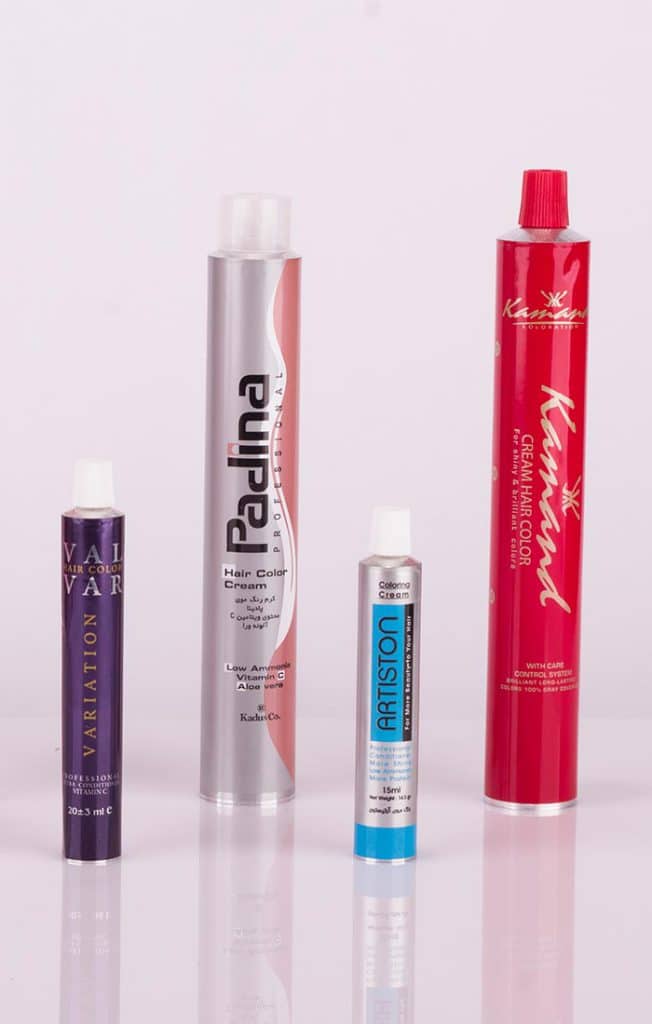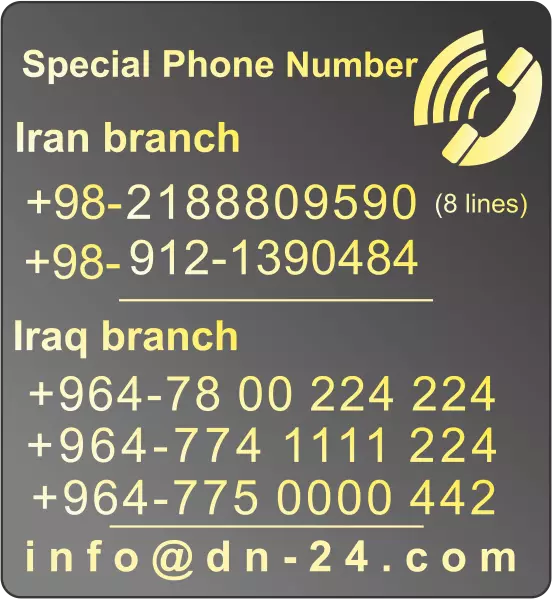Aluminum Tube
Aluminum Tubes: Types, Technical Specifications, and Applications
Introduction
Aluminum packaging tubes are one of the important products in the packaging industry, which are produced using aluminum as the main material. Due to their unique features, these tubes are used in various industries such as industrial, food, and medical sectors. In this article, we will explore the types, technical specifications, and applications of aluminum packaging tubes.
Types of Aluminum Packaging Tubes
Aluminum packaging tubes are produced in various types. Some common types include:
- Aluminum packaging tube with a diameter of 15 millimeters
- Aluminum packaging tube with a diameter of 25 millimeters
- Aluminum packaging tube with a diameter of 30 millimeters
- Aluminum packaging tube with a diameter of 50 millimeters
1. Non-welded Aluminum Tube
These types of tubes are produced through extrusion methods and are not welded. They are usually cylindrical in shape and available in different diameters and thicknesses.
2. Welded Aluminum Tube
These types of tubes are produced using welding processes. They are generally longer than non-welded tubes and require higher resistance in some applications.
Technical Specifications of Aluminum Packaging Tubes
Aluminum packaging tubes usually have various technical specifications, including the diameter, height, and tube capacity. In the table below, you can see the technical specifications of some aluminum packaging tubes:
| Tube Type | Diameter (mm) | Height (mm) | Capacity (ml) |
|---|---|---|---|
| Aluminum packaging tube with a diameter of 15 millimeters | 15 | 70 | 50 |
| Aluminum packaging tube with a diameter of 25 millimeters | 25 | 100 | 100 |
| Aluminum packaging tube with a diameter of 30 millimeters | 30 | 120 | 150 |
| Aluminum packaging tube with a diameter of 50 millimeters | 50 | 150 | 200 |
– Material: Pure aluminum or aluminum alloys- Inner and outer diameter: Variable based on requirements and applications- Thickness: Variable based on requirements and applications- Length: Variable based on requirements and applications- Surface coating: Aluminum tubes may be available with protective coatings such as powder coating or different colors.
Applications of Aluminum Packaging Tubes
Aluminum packaging tubes are used in various industries due to their unique properties. Some applications of these tubes include:
- Cosmetics and personal care industry: Packaging of cosmetic and personal care products such as facial creams, lotions, and disinfectants.
- Food industry: Packaging of food products such as sauces, cheeses, and soup ingredients.
- Medical industry: Packaging of medicines, creams, and medical products such as capsules and ointments.
- Soap and detergent industry: Packaging of soap and detergent products such as shampoos, dishwashing liquids, and laundry powders.
1. Automotive Industry
Aluminum tubes are used in the automotive industry for manufacturing components such as railings, frame parts, cooling systems, and ventilation systems. Aluminum, being a lightweight and durable metal, is effective in reducing vehicle weight and increasing fuel efficiency.
2. Electronics Industry
Aluminum tubes are used in the electronics industry for manufacturing casings and chassis of electronic devices. Aluminum acts as a good heat insulator and can protect electronic equipment from temperature and heat fluctuations.
Advantages and Disadvantages of Aluminum Packaging Tubes
The use of aluminum packaging tubes has several advantages, including:
- Protection of products against light, air, moisture, and environmental contaminants.
- Easy opening and closing of the tube, allowing for reuse.
- Possibility of adjusting the amount of consumable product using precise tube manufacturing equipment.
- Attractive and appealing tube design, which can contribute to product marketing.
- Lightweight: Aluminum is a lightweight metal that allows for use in weight-sensitive applications.
- Corrosion resistance: Aluminum has high resistance to corrosion and can perform well in humid and corrosive environments.
- Recyclability: Aluminum is recyclable and can be reused, helping to conserve natural resources.
- Good thermal conductivity: Aluminum can conduct heat effectively and is beneficial in applications where heat management is important.
However, some disadvantages of aluminum packaging tubes include:
- Higher cost compared to some other packaging methods.
- Limitations in producing larger tubes due to technical challenges.
- Requirement for specialized machinery for tube production and packaging.
- Relatively lower strength: Aluminum has lower strength compared to some other metals and may not be suitable for certain heavy-duty applications that require high strength.
- Limited solderability: Aluminum is not easily soldered, which can create limitations in some applications.
Conclusion
Aluminum packaging tubes are an effective solution for product packaging in various industries. We have examined the different types, technical specifications, and applications of these tubes. We have also discussed the advantages and disadvantages of using aluminum tubes. However, it should be noted that the cost of aluminum packaging tubes is higher compared to other methods, and they require specialized machinery for production and packaging.In conclusion, we hope this article has helped you gain a better understanding of aluminum packaging tubes and their applications in various industries. With the knowledge of technical specifications and awareness of the advantages and disadvantages, you can make better decisions regarding the use or non-use of this type of packaging.





Reviews
There are no reviews yet.